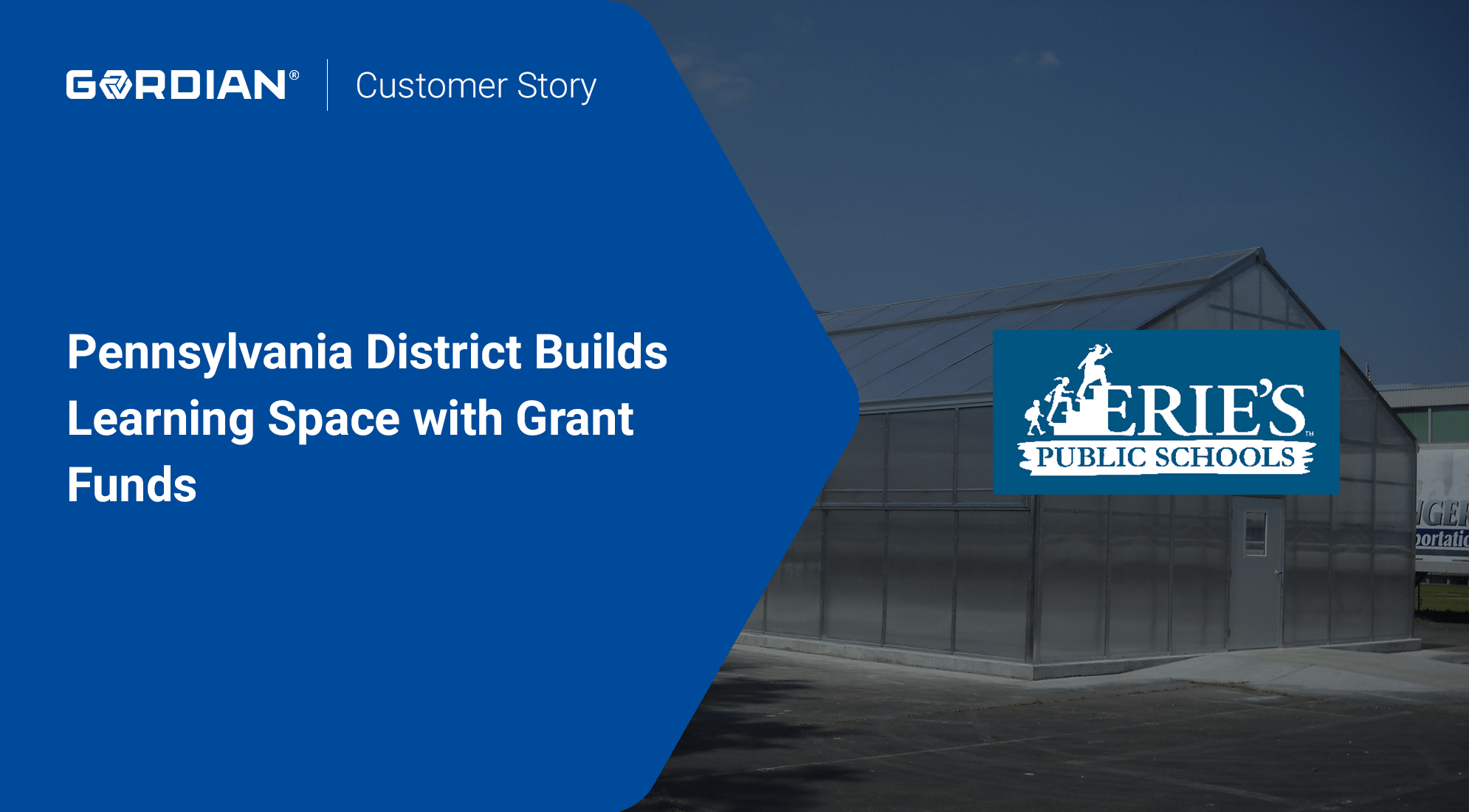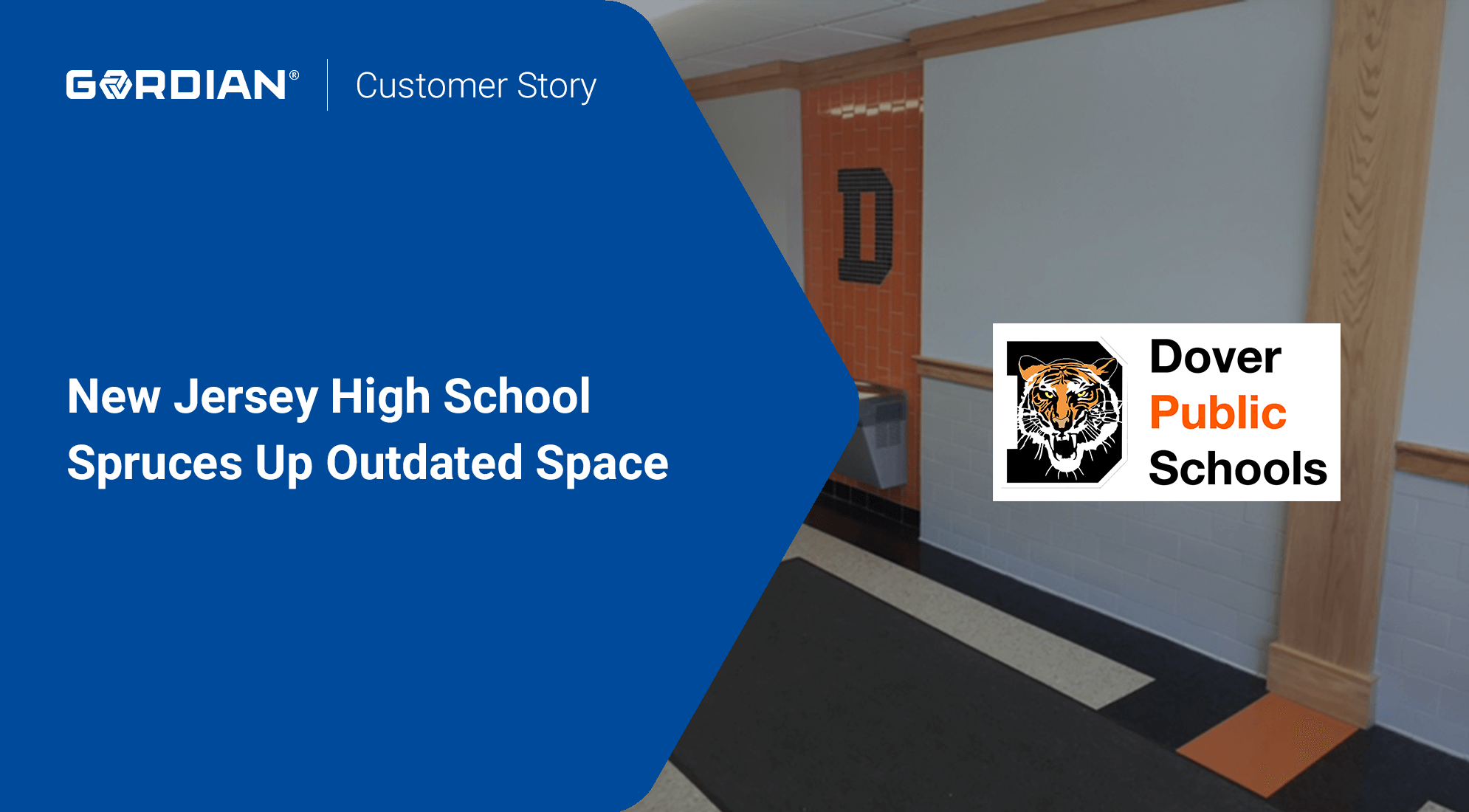What do an avid outdoorswoman, a lifelong motorcyclist and a fine wine connoisseur have in common? As it turns out, quite a lot.
In 2018, we launched our popular Executive Interview Series and introduced fresh insights from talented and interesting individuals across the country. We had the pleasure of interviewing an executive each month to garner insights from clients, contractors and partners advocating for streamlined construction procurement. These leaders are from different industries and have various job titles, but they face similar, if not identical, challenges.
The executives we interviewed have a combined experience of more than 200 years in their respective fields. Which means they have seen their fair share of issues and delivered results despite those hurdles. Their practice dealing with these industry-wide construction and procurement challenges offers valuable lessons for peers and career hopefuls.
Challenge No. 1: Lack of Resources
A recurring theme of our interviews was the pressure to accomplish more with less. Remarkably, never once have we heard anyone talk about cutting corners to get by. Instead, we heard from determined and careful teams coming together and often reaching out to achieve their goals.
Tammy Rimes is the Executive Director at the National Cooperative Procurement Partners and an advocate for innovative thinking. She says, “Many procurement folks across the country say they are overworked. Yet these same professionals also expect their workloads to continue growing in the next year. Something has to give—unless they do things differently.”
The reality is that even when budgets shrink, expectations do not. The Director of Public Works for the Town of North Haven, Connecticut, Lynn Sadosky told us teams are “facing decreasing capital and expense budgets while maintaining the same services or delivering a higher level of services.” Just increasing productivity amongst internal teams may not be enough to keep up with demand. When incremental changes aren’t getting the job done, it’s time to evaluate traditional procedures and look for an alternative, more effective solution.
Solution: Operate With Cooperatives
As Director of Cooperative Services for BuyBoard, Steve Fisher knows first and second-hand about this predicament for many public procurement teams. “As budgets get tighter, you have the same number of people doing more and more functions and jobs. So, you have to do more with less. That’s where a co-op can fill in the gaps. Co-ops allow these entities to take their existing staff and focus them on bigger picture things and not worry about the more mundane type of procurement.”
Traditional construction procurement has a reputation for being unnecessarily expensive, inflexible and inefficient. One way to stretch every dollar is to buy construction services through cooperative purchasing networks—the same way you buy furniture and supplies. Using cooperative purchasing for construction services can streamline an otherwise burdensome process and save you time and money.
Challenge No. 2: A Shift in the Workforce
Another challenge that was echoed among the leaders we interviewed was a current shift happening in construction and procurement workforces. There is a growing need for quality contractors. The labor shortage is impacting construction timelines, raising costs and causing safety concerns across the country. We also heard concerns about a good portion of the procurement workforce reaching retirement age. Tammy says, “They call it the ‘silver tsunami’ and they are taking years of knowledge with them.”
As Purchasing Manager for the City of Everett, Washington, Theresa Bauccio-Teschlog matches the needs of her internal customers with the offering of the local business community—including construction services. Theresa illuminated the “severe lack of subcontractors” in the state of Washington. “If you look around you’ll see a lot of cranes; that’s a sign of large construction projections. All the subcontractors are tied up on those jobs.”
The work that needs to be done effects the safety and prosperity of our communities—and our children. The Executive Director/CEO of Sourcewell, Chad Coauette, says “Across the board, we hear that accessing qualified contractors is a struggle. This is a big problem for the education sector, whether it’s K-12 or higher education. School lets out at the end of May or beginning of June and there’s a specific startup date. Finding contractors to do a bunch of work in a tight window of time is challenging.”
The construction labor shortage is predicted to last years, as many seasoned procurement professionals have their retirement parties. The next wave of procurement professionals is going to need to continue to overcome this industry-wide challenge to get work completed for their organizations. The leaders we asked told us that creativity, strategic planning and relationship building have helped them compensate for the shortage of qualified contractors. Procurement teams must think outside the box for alternative solutions.
Solution: Contract Creatively
Theresa taps into her 17 years of local government experience to share a measured, innovative approach to overcome the construction labor shortage in the City of Everett. “To compensate for the shortage, we’re planning better and getting more creative with how to bid projects. We’re looking into how to bundle projects to make them more attractive.”
One way organizations can bundle projects is through an Indefinite Delivery Indefinite Quantity (IDIQ) contract that allows multiple projects to be completed through a single contract. Job Order Contracting (JOC) is an IDIQ contract for construction projects. JOC enables projects to start sooner and project owners and awarded contractors to become long-term partners, resulting in higher quality work and a better experience.
Theresa’s team is also conscious of timing and sends projects to bid with intention. “Contractors are busy building during the spring and summer, so we have to get out to bid in the winter.” Theresa adds that entities need to build up a reputation of being easy to work with. “Contractors will decide to bid on your project based on how easy you are to work with.”
Tammy Rimes adds that the retiring procurement professionals are “taking the old ways of doing things, and that’s not necessarily bad. We anticipate a new workforce with a different way of doing things.” These fresh new career hopefuls will also bring new perspectives and tech-savvy skillsets to benefit the procurement industry.
Challenge No. 3: Keeping up With Changing Times
The times, yes, they are a-changin’. Technological advancements are reshaping the way we do business and enabling increased efficiencies across industries. Mike Derr is the Contracts Purchasing Officer for Monterey County, CA, and current National Procurement Institute Board of Directors President. He notes the challenge. “With the changes in technology, how do we do business? How do we communicate to our partners? How do we communicate to our customers on a daily basis?” Technology is revolutionizing these daily operations with automated communication options.
Unfortunately, not all changes are strides forward. Even as crime rates have been generally declining, security concerns are mounting amid the threat of mass gun violence. Cities and counties are revisiting their designs and looking for ways to increase security. This February marked one year since a gunman opened fire at Marjory Stoneman Douglas High School in Parkland, Florida—the deadliest school shooting in United States history. The violence was too close for comfort for Francis Hoar, Administrative Director at Miami-Dade County Public Schools, located about an hour south of Parkland.
Solution: Be Responsive and Adaptable
The leadership at Miami-Dade County Public Schools is being proactive in the wake of the Parkland tragedy. Francis explains, “We have to address the changing times. Our basic school design concepts from 50 years ago are no longer applicable and do not meet today’s needs for safety and security. That is a challenge because we have to deal with numerous facilities that are 50, 60 and 70 years old that were envisioned to be neighborhood hubs designed to provide open access to the surrounding community. All of a sudden, now we’re looking at how to harden the perimeter of those same facilities and provide robust security for our students and staff.” These safety improvements are being met across the country with an increased number of security officers, staff and student training and awareness and new technology.
From the East Coast to the West Coast, new technology is being implemented to improve our operations. Mike Derr’s team is making a difference for Monterey County with more automated systems. “Here in contracts purchasing, we’ve upgraded our procurement system to where we’re now able to do more online communication through eBidding notifications and automated email notifications we can send to vendors.” Incremental upgrades like these will keep the county from falling behind the times.
Learning Through Best Practices
Procurement teams throughout the nation are tackling challenges each day to get their jobs done. Among these challenges are the lack of resources, a shift in the construction and procurement workforce and the changing technology and societal norms. Diligent planning, relationship-building and responsive action can help overcome these struggles, along with innovative, alternative methods of procurement. We look forward to speaking with more of our public procurement professionals. Browse all of our interviews and be on the lookout for more great insights throughout the year.







